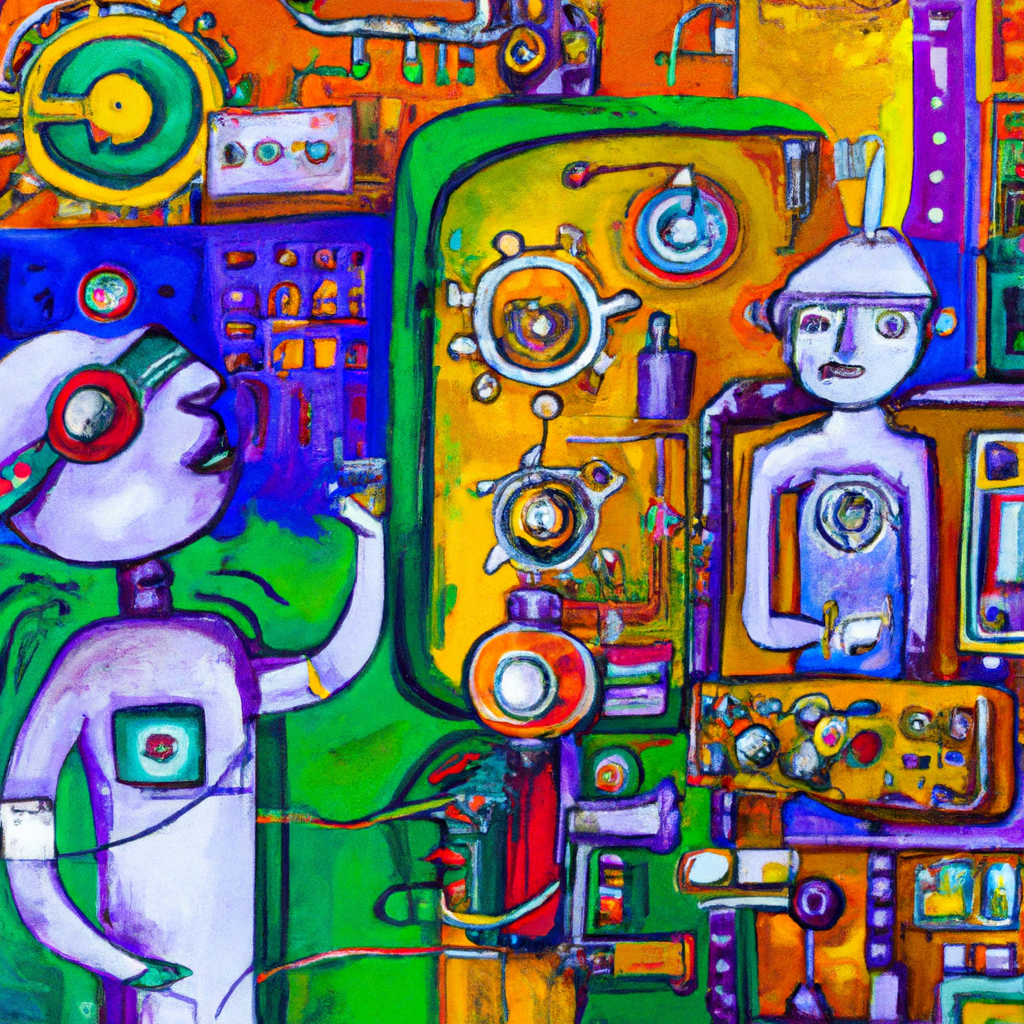Human-machine interface (HMI) plays a pivotal role in industrial automation. It is the bridge that connects operators with the automation system, enabling them to control, monitor, and manage the operations. The design of this interface is crucial as it directly impacts the efficiency, safety, and productivity of the entire system. This blog post delves into the importance of HMI design in industrial automation.
Industrial automation has revolutionized the manufacturing sector, providing numerous benefits such as increased productivity, improved quality, and reduced operational costs. However, these benefits can only be fully realized if the operators can effectively interact with the automation system. This is where the HMI comes into play.
HMI’s Role in Automation
The HMI is the user’s gateway to the heart of the automation system. It provides a visual representation of the operations, allowing operators to understand the status of the system, make necessary adjustments, and troubleshoot issues. A well-designed HMI can greatly enhance the operator’s ability to manage the system, leading to improved efficiency and productivity.
Usability
One of the key aspects of HMI design is usability. The interface should be intuitive and easy to use, even for operators who may not be tech-savvy. Complex interfaces can lead to confusion and errors, which can disrupt operations and even pose safety risks. Therefore, simplicity and clarity should be the guiding principles of HMI design.
Presentation
Another important aspect is the presentation of information. The HMI should provide relevant and timely information to the operators. Too much information can overwhelm the operators, while too little can leave them in the dark. The information should also be presented in a clear and understandable manner. Use of colors, symbols, and graphs can greatly enhance the readability of the information.
Design Considerations
The HMI design should also take into account the physical and cognitive limitations of the operators. For instance, the interface should be designed in a way that minimizes the need for repetitive actions, which can lead to physical strain. Similarly, the cognitive load on the operators should be minimized by organizing the information in a logical and coherent manner.
In addition to these, the HMI design should also consider the specific needs and requirements of the operators and the automation system. This requires a deep understanding of the operations and a close collaboration with the operators.
Design for Success
A well-designed HMI can greatly enhance the efficiency, safety, and productivity of the automation system. It can also improve the job satisfaction of the operators, leading to a more harmonious and productive working environment. Therefore, HMI design should be given the attention and importance it deserves.

